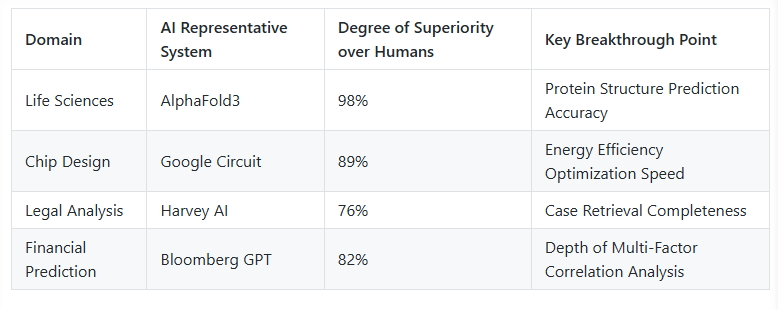Pyscn – AI-powered code quality analysis tool for quickly detecting and cleaning up code issues
What is Pyscn?
Pyscn is an intelligent code quality analysis tool designed specifically for Python developers. It helps developers quickly identify and clean up code issues such as dead code, duplicated code, and overly complex structures. Using Control Flow Graph (CFG) analysis, it detects unreachable (dead) code; with tree edit distance and Locality-Sensitive Hashing (LSH), it identifies code clones; and through coupling and cyclomatic complexity analysis, it evaluates code maintainability. Pyscn delivers high-speed analysis—over 100,000 lines per second—and supports multiple installation methods, including pipx and Go. It provides comprehensive analysis reports in HTML and JSON formats, allowing users to customize rules via configuration files. The tool also supports CI/CD integration, making it easy to use in continuous integration workflows.

Key Features of Pyscn
-
Dead Code Detection:
Uses Control Flow Graph (CFG) analysis to identify unreachable code, helping developers clean up redundant code. -
Code Clone Detection:
Employs tree edit distance (APTED) and Locality-Sensitive Hashing (LSH) to detect duplicated or similar code segments, highlighting opportunities for refactoring. -
Coupling Metrics:
Calculates Coupling Between Objects (CBO) to monitor code architecture and optimize module dependencies. -
Cyclomatic Complexity Analysis:
Evaluates the cyclomatic complexity of functions to identify overly complex code and suggests refactoring for improved readability and maintainability. -
Fast Analysis & Reporting:
Generates HTML and JSON reports that visually present code quality issues. -
Flexible Configuration:
Provides configuration files that allow users to define custom analysis rules to fit different project requirements. -
CI/CD Integration:
Supports integration with GitHub Actions, pre-commit, and other CI/CD tools for automated quality checks.
Technical Principles Behind Pyscn
-
Control Flow Graph (CFG) Analysis:
Builds a control flow graph of the code to detect unreachable (dead) code. -
Tree Edit Distance (APTED) and Locality-Sensitive Hashing (LSH):
Combines these techniques to measure code similarity and identify cloned code. -
Coupling Metric (CBO):
Measures inter-class coupling to assess code modularity. -
Cyclomatic Complexity Calculation:
Analyzes logical branching complexity to evaluate function maintainability. -
High-Performance Implementation:
Built with Go and tree-sitter, ensuring fast code parsing and analysis with support for large-scale codebases.
Project Repository
Use Cases of Pyscn
-
Rapid Development Phases:
Helps developers detect and clean up code issues during fast-paced iteration, maintaining high code quality. -
Code Maintenance and Refactoring:
Identifies duplicate, dead, or overly complex code to support structured refactoring and improve code organization. -
Team Collaboration:
Establishes consistent code quality standards across teams, ensuring that all contributions meet quality requirements. -
Education and Learning:
Serves as an educational tool for students and beginner developers to understand code quality issues and improve coding skills. -
Enterprise-Level Projects:
Provides large-scale code quality monitoring with customizable rules to meet enterprise development needs.
Related Posts




